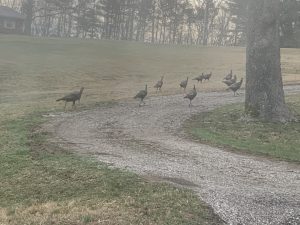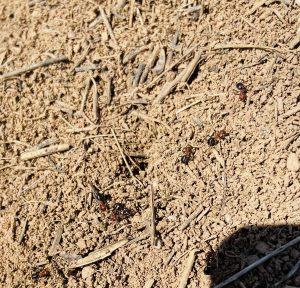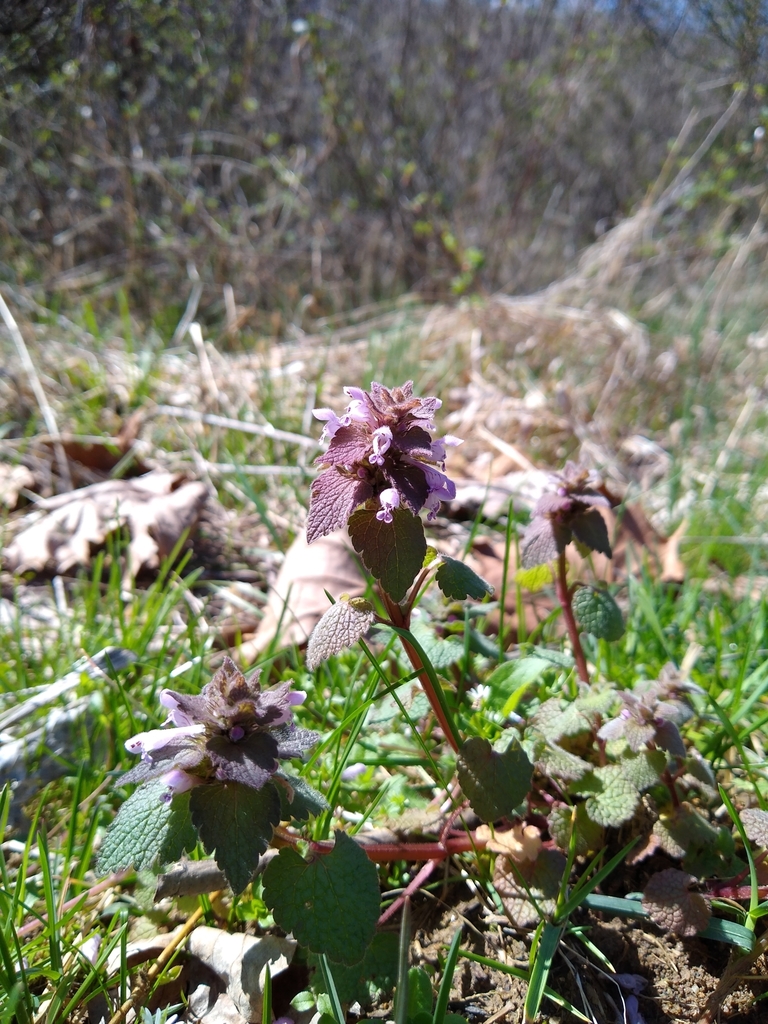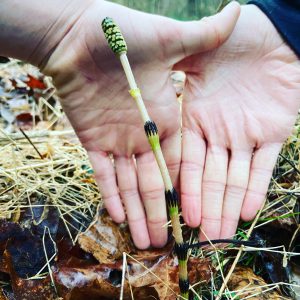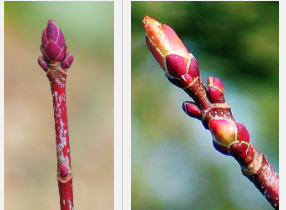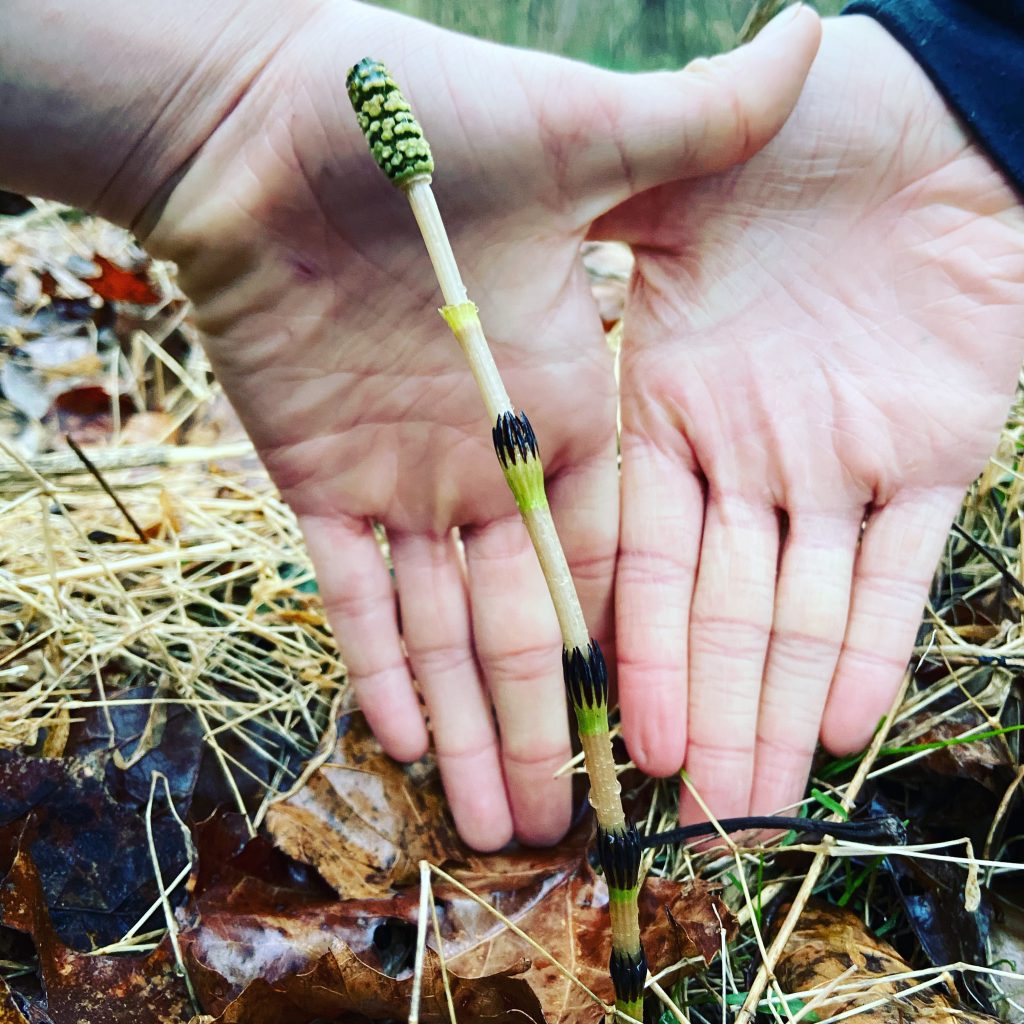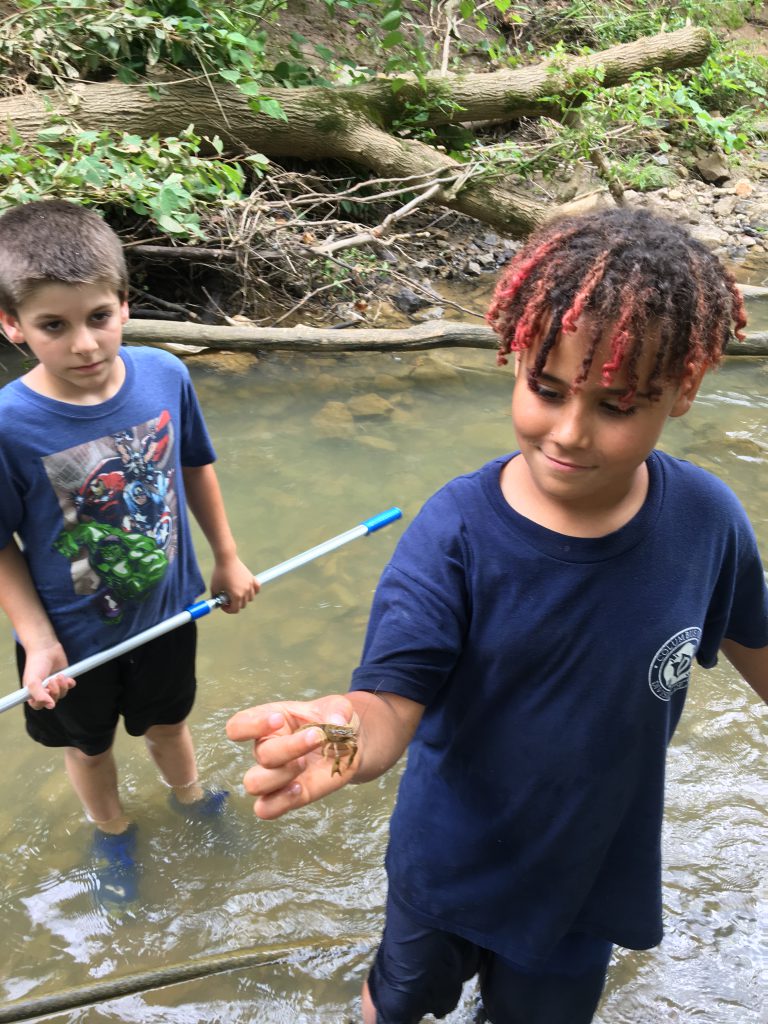
We are calling on YOU to share in this week’s virtual field trip! Is there something in nature that you think is really cool? Have you found a neat plant, rock, or animal recently? One of our favorite things to do is tell our nature nerd friends about our outdoor finds.
Bring your nature objects, pictures or stories to the zoom call on Friday for show and tell. We will take turns sharing, kids and adults both!
WAYS TO DO NATURE SHOW AND TELL:
Join the virtual field trip, Friday, Oct. 16 at 10:30 am.
On your own: Become “In Charge of Celebrations”
On your own: Show and tell here on the blog!
Nature Show and Tell! Virtual Field Trip: Friday, Oct. 16, 2020
Prepare for this week’s field trip by thinking of something to share! You could ‘show’:
- something you found outside, like a plant, rock or mystery item
- a picture of a natural object
- a story about an experience you had outside
- something about nature you’ve been learning a lot about lately
There are no wrong choices. We welcome any nature-related shares!
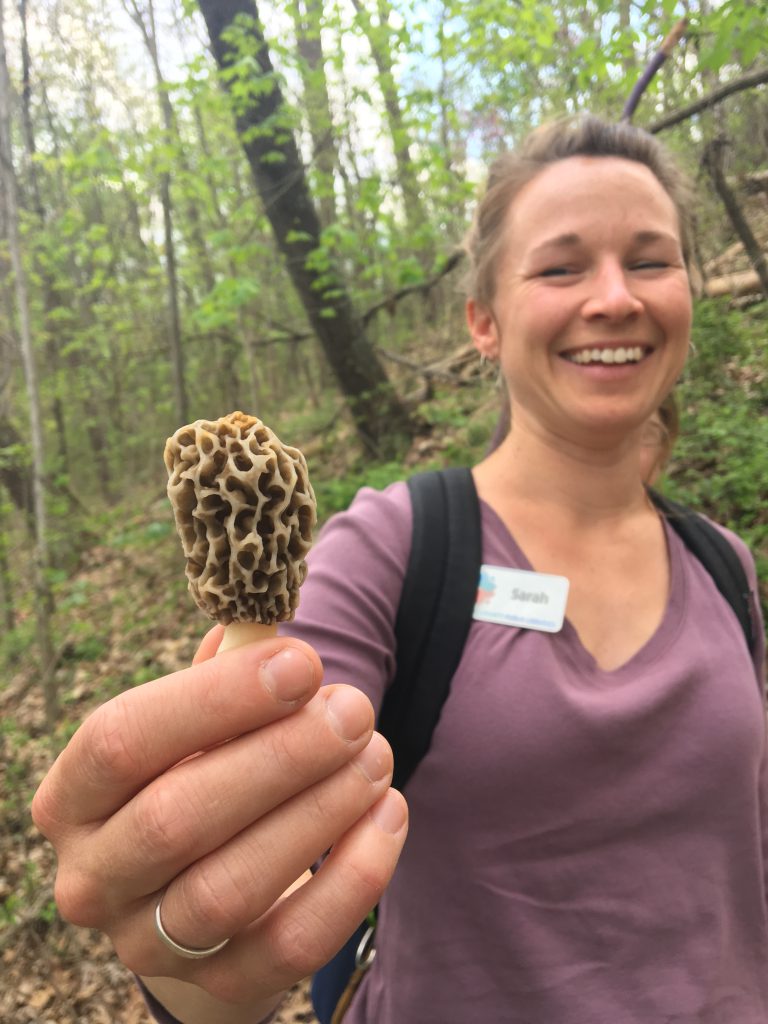
What will you ‘tell’ about your nature object for show and tell? You might share:
- Where you found this nature object
- Why this nature item is interesting to you
- Something you’ve learned about the nature item recently
- Questions you have about the nature item (the other people on the virtual field trips are really smart!)
If you don’t want to share anything
, that’s okay too. You can listen to other people.Join us at 10:30am on Friday, Oct. 16.
If you haven’t registered for our fall field trips yet, go here: https://us02web.zoom.us/meeting/register/tZUpcu6qqTsoHNKDfYwskjOqiSjAU_4HxFma. You’ll receive the link to the call in your email.
If you can’t make the field trip, or want to get more out of it, try some of the activities below!
I’m in Charge of Celebrations
Every experience or interesting find in nature is, in our opinion, worth a celebration. We love this book, I’m in Charge of Celebrations, by Byrd Baylor. It inspires us to make our own holidays, just for us, to enjoy our favorite nature times.
Watch this teacher read this book out loud below, or look for it at your library:
Your turn
This week, keep track of the things that are worth celebrating! Do you have a calendar, planner or notebook? Write your celebration down or draw a picture.
We’ll share some of our own celebration-worthy nature experiences in the virtual field trip. Tell us about your celebrations in the comments below!
Show and Tell Online
Here at Rural Action, we have a bit of a nature show-and-tell problem. Our phones are full of pictures of bugs and weird leaves. We text them to our friends all day.
We even started a BioBlitz project on a website called iNaturalist. People share pictures of plants and animals they’ve found in our area, then help each other identify them. Some high school students found a dragonfly that had never been seen in Morgan County before!
A few of the many nature pictures clogging up my phone…






Nerd out on nature with us! Take a walk
, find a nature book, or just sit outside near your house for ten minutes. Then, share something you’ve found that interests you! You can:- Post about it in the comment section of this blog! (We love that!)
- Email a picture/story to me at darcy@ruralaction.org!
- Add it to iNaturalist to get ID help from other nerds! (Here’s our post about how to use iNaturalist).
